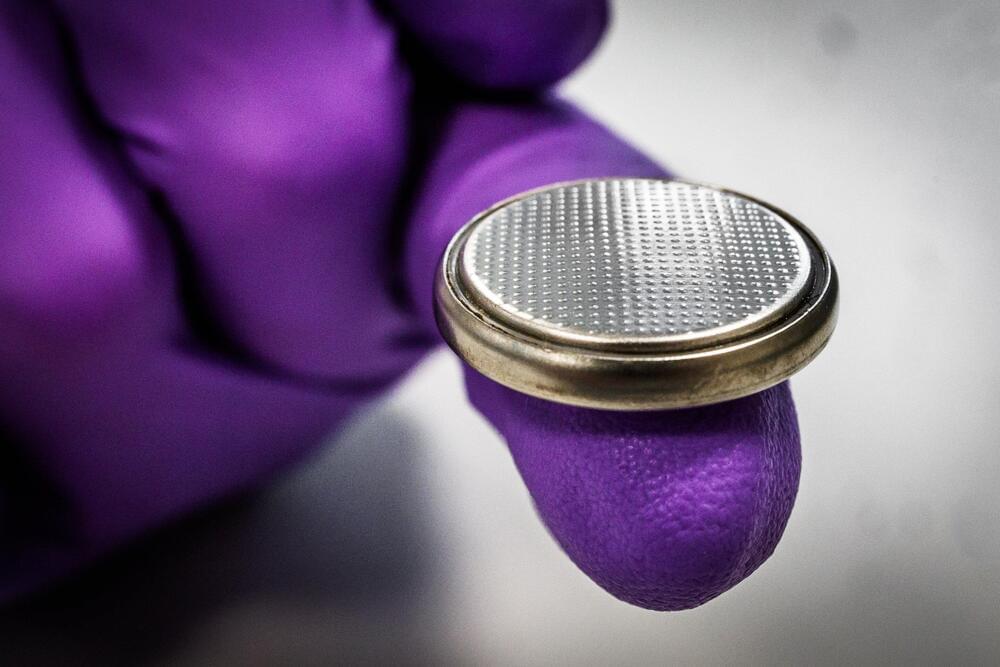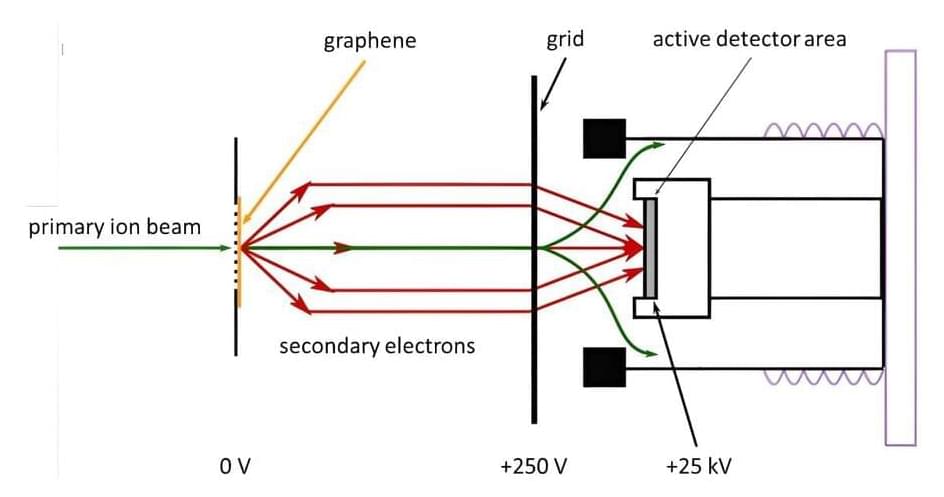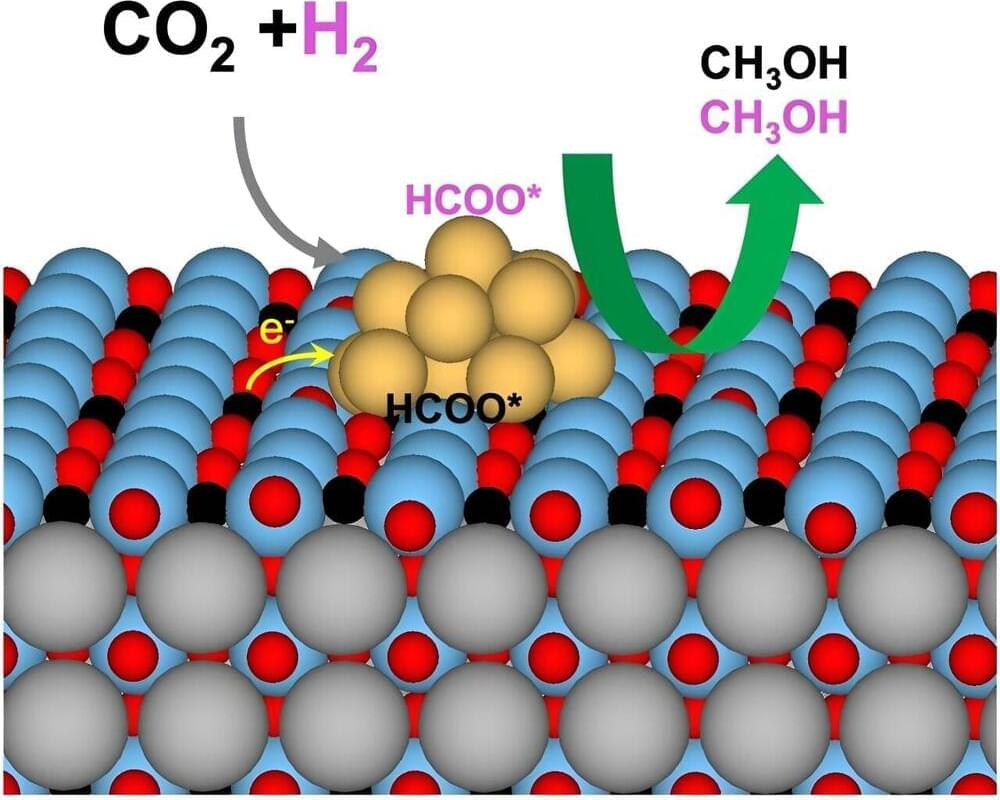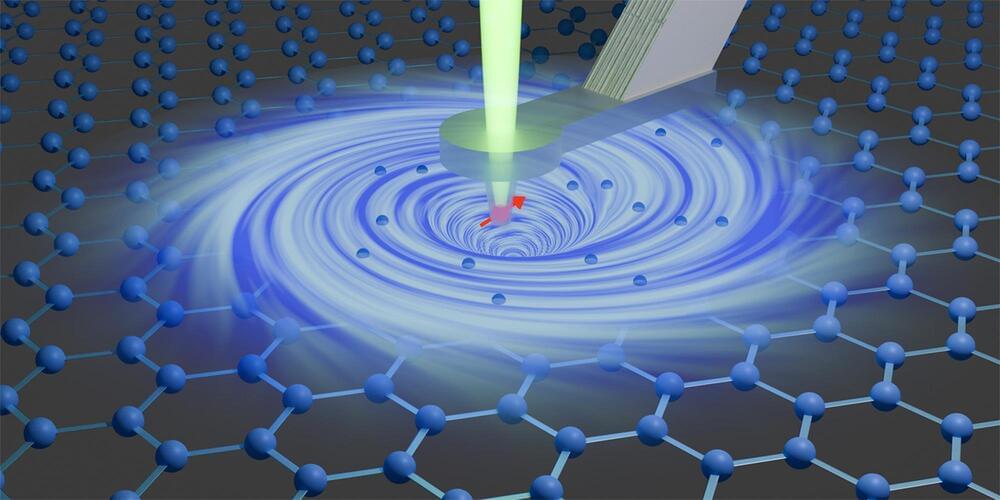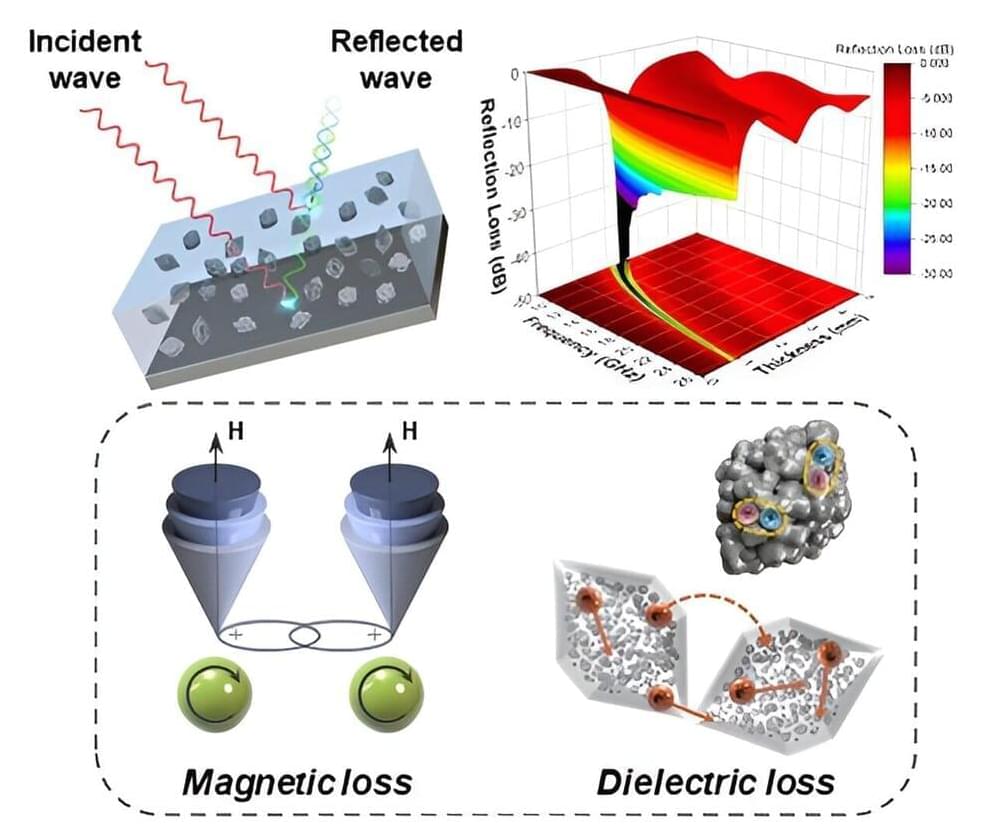“Mathematics, rightly viewed, possesses not only truth, but supreme beauty — a beauty cold and austere, like that of sculpture.”
- Bertrand Russell (1972 — 1970) A History of Western Philosophy
https://mathshistory.st-andrews.ac.uk/Biographies/Russell/
The book was written during the Second World War, having its origins in a series of lectures on the history of philosophy that Russell gave at the Barnes Foundation in Philadelphia during 1941 and 1942.[2] Much of the historical research was done by Russell’s third wife Patricia. In 1943, Russell received an advance of $3000 from the publishers, and between 1944 and 1945 he wrote the book while living at Bryn Mawr College. The book was published in 1946 in the United Kingdom and a year later in the US. It was re-set as a ‘new edition’ in 1961, but no new material was added. Corrections and minor revisions were made to printings of the British first edition and for 1961’s new edition; no corrections seem to have been transferred to the American edition (even Spinoza’s birth year remains wrong).
Summary [ edit ]
The work is divided into three books, each of which is subdivided into chapters; each chapter generally deals with a single philosopher, school of philosophy, or period of time.

